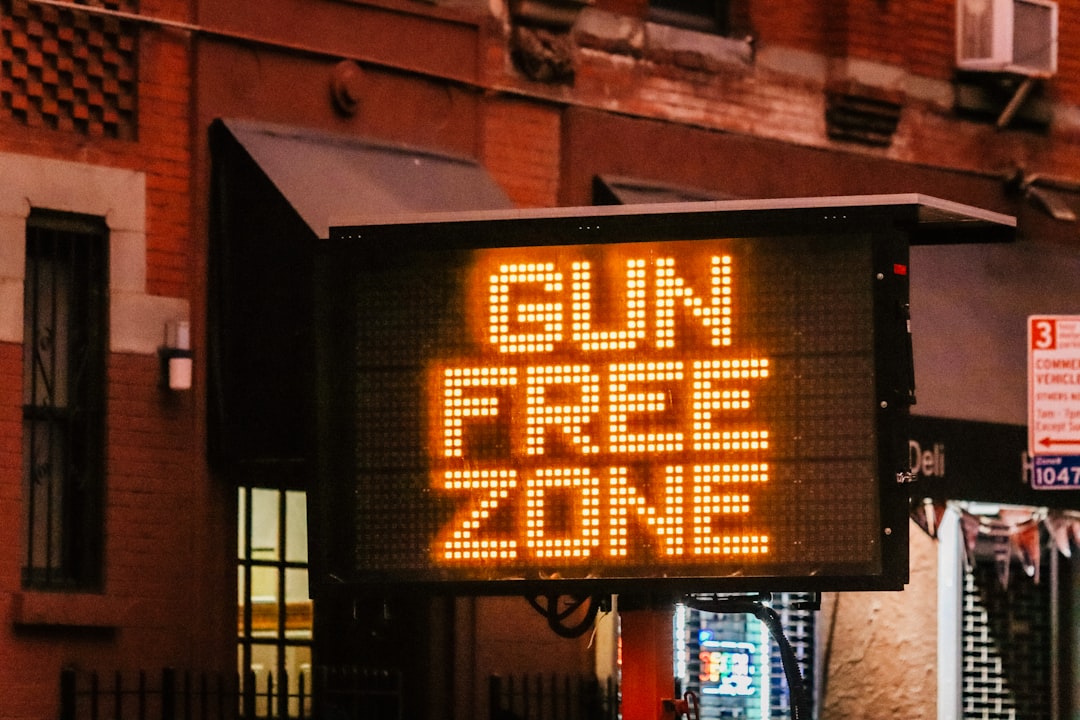Myth-Busting Monday
MYTH: 98% of mass shootings occur in gun-free zones
This article was first published on GVPedia.
Summary:
Researcher John Lott claimed that 98% or more of mass shootings from 1950 to the present occurred in gun-free zones.
Lott’s false claim is based on a basic error. For the period 1977–1997, Lott counts each individual mass shooting death as an entire mass shooting incident.
Even after Lott corrected his mistake, he made a new claim that 94% of mass shootings occurred in gun-free places, which is also based on flawed data and contradicts other research that concludes that 12% to 13% of mass shootings occurred where guns are prohibited.
Lott’s Claim:
Since at least 2014, Lott has claimed that 98% or more of mass shootings from 1950 to the present occurred in gun-free zones. He argues that mass shooters target such areas because they know they won’t face armed resistance. Therefore, Lott contends, the best way to stop mass shootings is to ensure that civilians are able to carry firearms in as many places as possible.
Lott has a spreadsheet on his website with his list of public mass shootings, which he defines as four or more victims killed, but excludes incidents that occurred as a part of a different crime (such as robbery) and incidents in private residences.
Between 1950 and 2018, Lott’s database includes 320 public mass shootings. He divided them into three periods:
1950-1976 – 7 mass shootings
1977-1997 – 247 mass shootings
1998-2018 – 66 mass shootings
His claim of 98% has been repeated widely in pro-gun circles, including by Rep. Thomas Massie (R-KY) while introducing legislation to allow guns in schools. President Donald Trump repeated the claim at the 2018 NRA Convention.
The Facts:
Lott’s claim that 98% of mass shootings occur in gun-free zones rests on a massive yet basic error. For the period 1977–1997, Lott counts each individual death in mass shootings as an entire mass shooting.
For example, Lott’s own spreadsheet indicates that 14 mass shootings (defined by him as four or more people killed) occurred in Oklahoma in 1986. Yet there weren’t 14 mass shootings in Oklahoma that year. There was one in which 14 people were killed (excluding the shooter).
Lott’s error, which exaggerates the number of mass shootings between 1977 and 1997, disproves his claim that only two percent of mass shootings occur in places where firearms are allowed.
Lott’s Counter:
While he made no public announcement, Lott revised his numbers on his website to correct the error. Rather than claiming 98% of mass shootings occurred in gun-free-zones since 1950, Lott now claims that 94% of mass shootings occurred in GFZs since 1950, and 89% since 1998. Lott repeated the 94% claim in a January 2021 opinion piece in Newsweek.
Lott’s updated and corrected numbers:
1950-1976 – 7 mass shootings (no change)
1977-1997 – 50 mass shootings (down from 247)
1998-2018 – 74 mass shootings (up from 66; it is unclear where the additional 8 mass shootings come from for this time period)
Rebuttal:
Despite correcting the original error of counting each mass shooting death as one separate mass shooting incident, Lott’s 94% claim still contains a significant number of errors.
Those errors include misclassified shootings (e.g. Umpqua and Hialeah) and not adhering to his own mass shooting definition for cases from 1950–1976. Furthermore, his corrected data does not include the August 2019 shootings in El Paso and Dayton, both of which occurred in areas that allow firearms.
Other research that looked at the relationship between mass shootings and gun-free zones contradict Lott’s 94% claim. A 2016 study by researchers from University of Massachusetts Boston, Johns Hopkins Bloomberg School of Public Health, and Stanford University found that the vast majority of high-casualty mass shootings occur in places where guns are allowed or not explicitly banned.
Between 1966 and June 2016, only 12% of U.S. mass shootings involving six or more victims occurred in a gun-free zone, and only five percent occurred where civilian gun possession was prohibited.
Another study of U.S. mass shootings involving four or more fatalities between 2009 and 2015 found that only 13% occurred in a gun-free place.
“Successful civilian uses of guns to stop a mass shooting were incredibly rare and about as common as armed civilians being shot while attempting to respond to mass shooting incidents,” the study states. The study also concluded that no evidence finds that right-to-carry laws reduce mass shootings or the number of shooting victims.
Sources:



